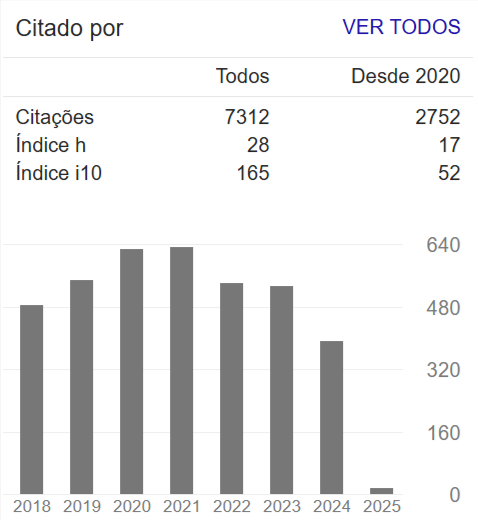MAPPING COMPLEX GROUNDWATER FLOW PATHS: UNDERSTANDING PREFERENTIAL FLOW PATHS IN AQUIFER MATERIALS WITH DIFFERING POROSITIES
Resumo
The use of geophysical methods in the investigation of contaminated areas is a valuable tool, especially when there are heterogeneous substrates (with different petrophysical properties), what generates preferential groundwater flow pathways. The objective of the geophysical survey discussed herein was to understand how meteoric water traveled preferentially from the ground surface to the water table (saturated zone) and if the saturated zone was homogeneous in nature as hypothesized due to the prevalence of sands and gravels as the principal geology. This procedure, which uses Audio Frequency Domain Magnetics (AFDM), begins by charging the groundwater site with a low voltage, low amperage, high frequency electrical current. A specially tuned receiver measures this field at the surface. Geophysical technology can play an important role in assisting operators to improve the knowledge of site characteristics. Drawing primarily from the above case study, this paper will examine the promise and the limitations of the aforementioned approach.

















